InverseAudit
Advanced Virtual Energy Auditing Platform
InverseAudit is a comprehensive cloud-based virtual energy auditing software platform that seamlessly integrates fully automated calibration processes. Our platform creates accurate baseline energy models using historical utility data, allowing you to evaluate energy improvement impacts at any time without requiring on-site visits.
What is InverseAudit?
InverseAudit provides industry-leading virtual energy auditing that transforms how buildings are assessed and optimized. Unlike traditional energy audits that require extensive on-site measurements, our platform enables powerful building analytics using existing utility data, providing clear insights into the impact of every investment, large or small. The solution creates calibrated energy models that serve as reliable baselines for evaluating energy conservation measures.
Features at a glance
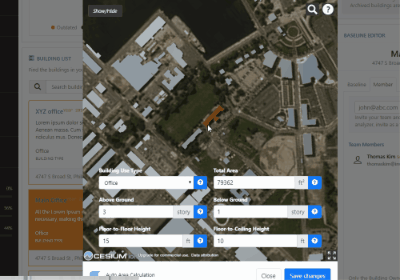
Fully Automated Calibration
With the use of historical utility data and HVAC-related parameters, InverseAudit's virtual energy audit technology can simulate thousands of energy models and search through hundreds of model parameters in just 25 minutes. This automated calibration process ensures accuracy without the time and expense of traditional on-site audits.
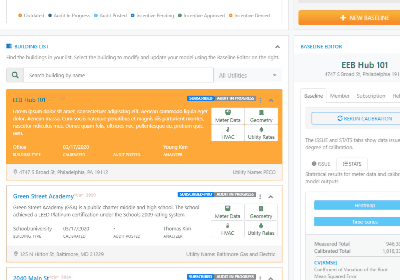
Whole-building Energy Model
We utilize the DOE-2.2 engine for our building energy simulation, which is widely accepted as the industry standard. Our proprietary technology methodology enables the precise calibration of energy models with exceptional accuracy, ensuring your building analytics are based on reliable baseline performance data.
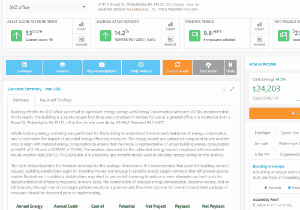
Energy Auditing Made Easy
InverseAudit is a unique platform that enables users to benchmark and analyze buildings with limited existing information, which is not achievable through conventional energy audits. Our virtual auditing system creates baseline models from historical utility data, helping you evaluate efficiency measures without the need for extensive metering equipment or on-site assessments.
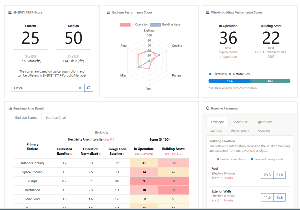
Advanced Building Analytics
Our platform delivers sophisticated building analytics that translate complex energy data into actionable insights. By creating calibrated baseline models, InverseAudit helps facility managers, building owners, and energy consultants make data-driven decisions that maximize efficiency and reduce operational costs.
How It Works
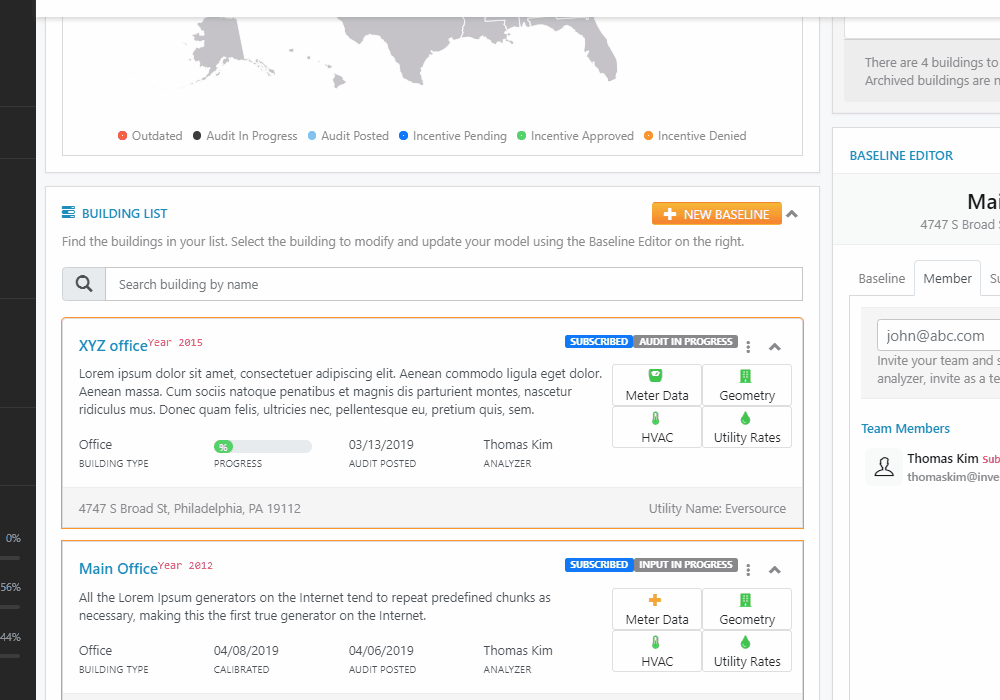
Step 1 Upload Your Data
Drag and drop your whole-building meter data or enter monthly data directly. See the list of hourly meter data formats supported for now.
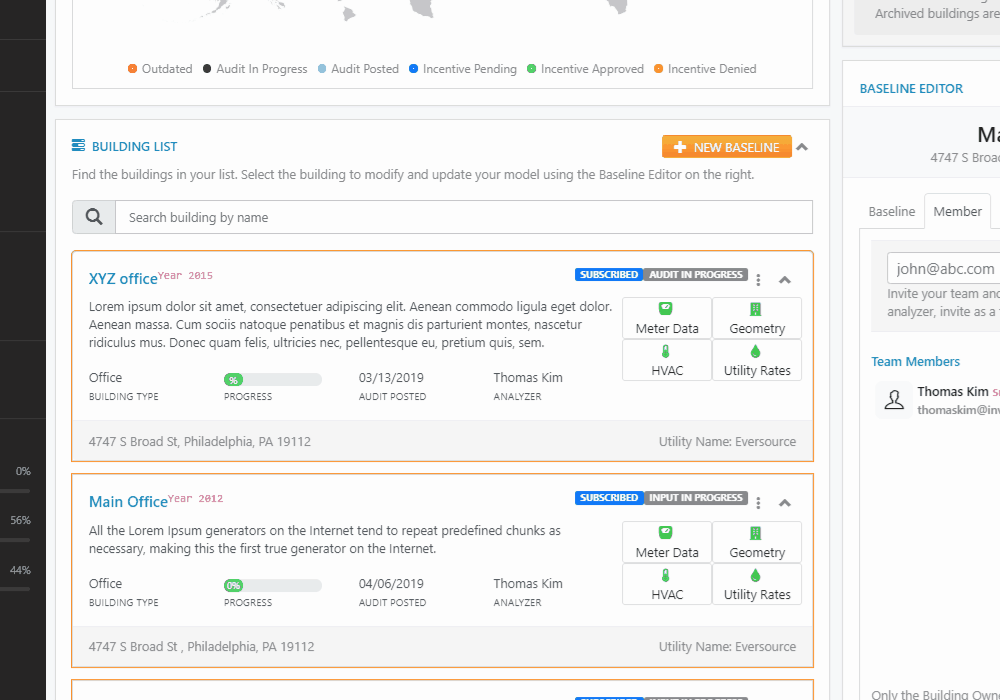
Step 2 Select Building Info
Select your building from a digital map, answer 5-6 simple questions about your HVAC system, and enter utility rates.
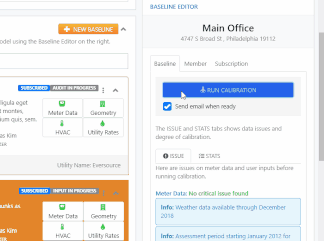
Step 3 Run Calibration
Our platform instantly creates a baseline model and searches hundreds of energy model parameters. The virtual energy audit process uses advanced algorithms to analyze your building's unique characteristics and historical energy consumption patterns.
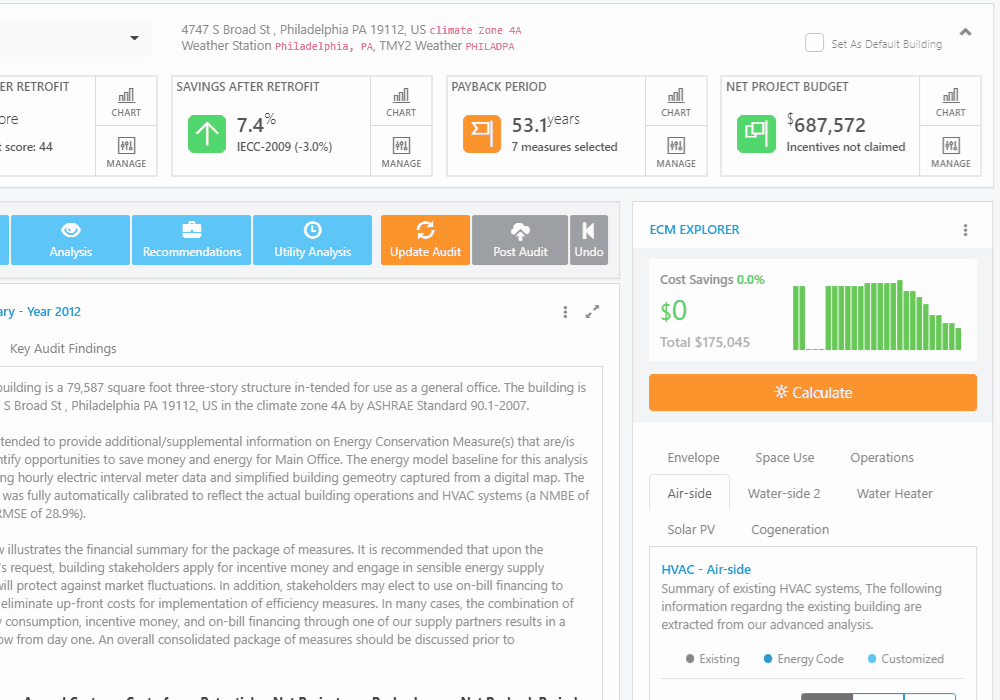
Step 4 Perform An Audit
Perform a comprehensive virtual energy audit using the calibrated energy model as a baseline. Energy savings opportunities are instantly calculated and prioritized, allowing you to evaluate the potential impact of improvements at any time.
Benefits Of Virtual Energy Auditing
- Accurate Baseline Modeling Create calibrated baseline models using historical utility data for reliable comparisons
- Rapid Analysis Generate comprehensive energy audits in minutes instead of days or weeks
- Investment Evaluation Assess the impact of energy conservation measures before implementation
- Measurement & Verification Compare actual performance against calibrated baseline predictions
- No Disruption Complete the entire energy auditing process virtually without interrupting building operations
Building Analytics That Drive Results
InverseAudit's building analytics platform transforms complex energy data into clear, actionable insights. Our analytical engine provides:
- Detailed energy consumption breakdowns by end-use
- Comparative benchmark analytics against similar buildings
- Identification of energy conservation opportunities
- Custom reporting tools for stakeholder communication
- Predictive modeling for evaluating improvement scenarios
